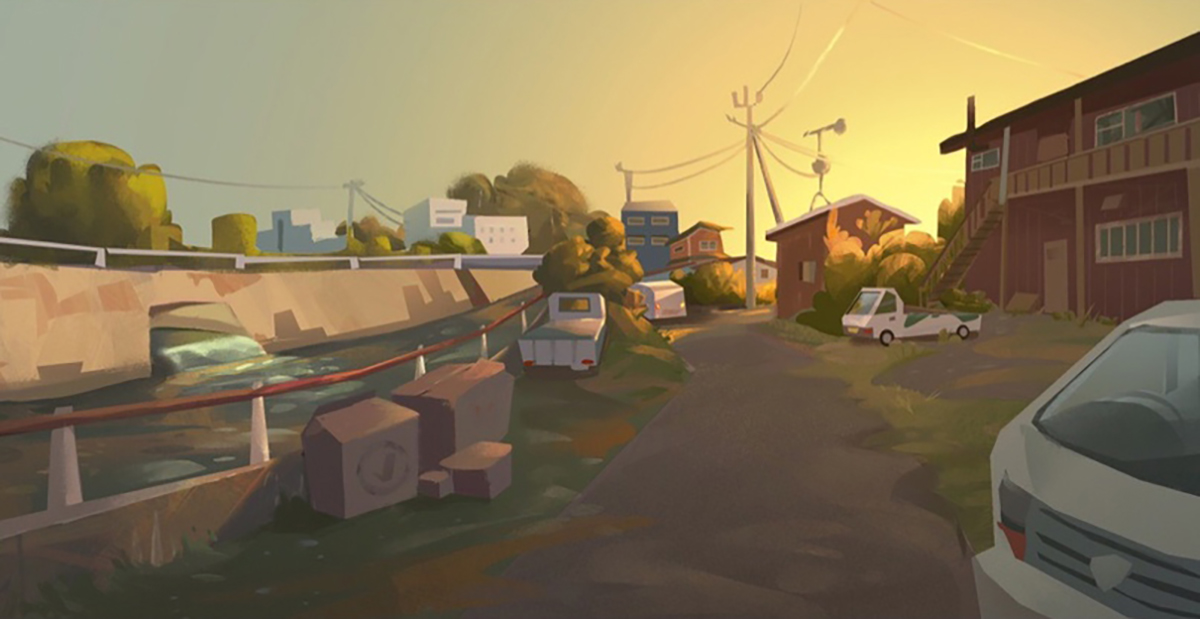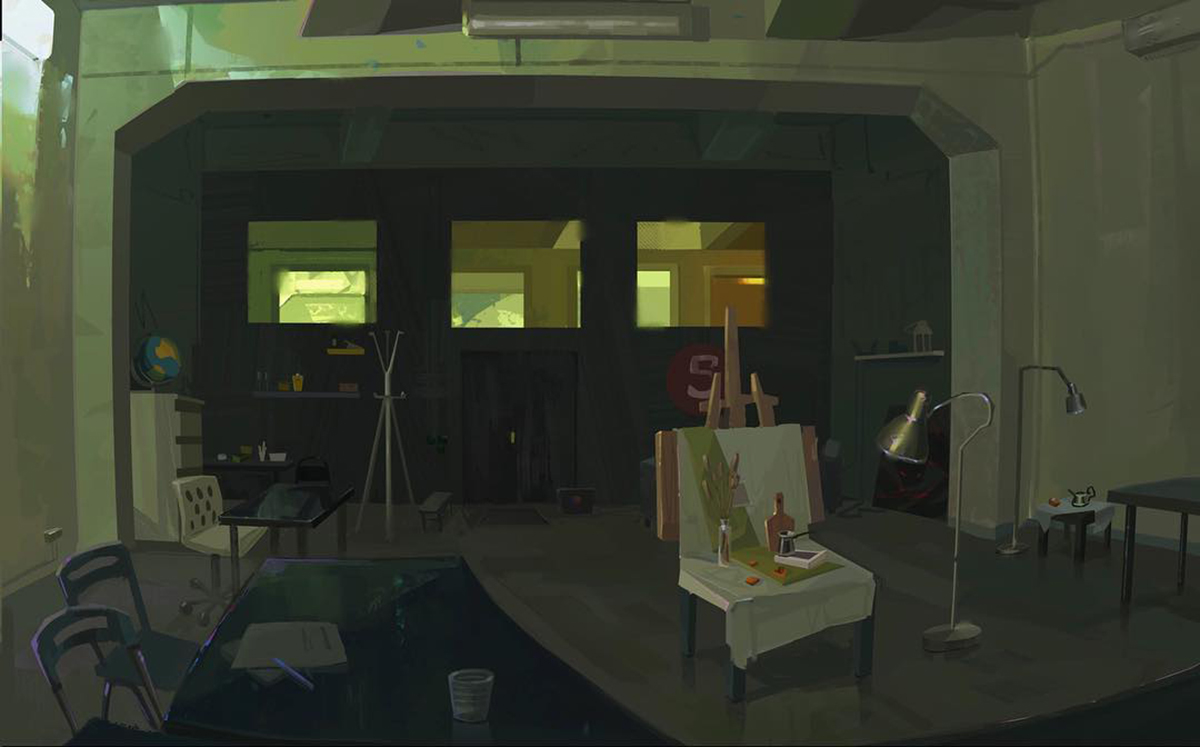So many ideas and so little time to realize them! Sound familiar?
Time organization in the creative process is a fragile and special thing, so we decided to discuss this topic not with a time management guru, but with an experienced artist and curator of a 2D graphics course in St. Petersburg, Anna Vinokurova. At the end of the article are practical tips, each created from personal experience.

Lack of time appears mainly because of irrational distribution of forces. And it’s directly related to a resource like attention.
Many people still believe that multitasking is not bad in principle, because you swim in a sea of variability and manage it all.
BUT IT’S NOT WORKING.
As unfortunate as it may seem, the constant shifting of attention produces stress hormones (cortisol and adrenaline) in our bodies, and overstimulating the brain in such a situation leads to feelings of foggy, unfocused, and addictive behavior. There is a desire to constantly look for more and more stimulation in the world around you, to constantly switch.
Attention suffers from this.
Attention is that important thing that determines efficiency, and in drawing among other things. Through attention we learn, we understand, we reflect. The more distracted we become, the weaker our ability in focusing, concentrating our attention becomes.
No matter how much you practice sketching, rendering, the practice is meaningless if you don’t control your attention. New knowledge forms neural connections only if learning is based on regularity and random attention. But you can’t turn it on if you’re constantly distracted.
Shifting attention causes the body to expend glucose. The more it is used up, the more tired you get, the more your anxiety grows, your mind foggy, your thoughts running, your desire to create more noise around you to regain PSEVDO-CALM.
Remember that this is actually an addiction to cortisol and adrenaline, our body’s chemical response, and not procrastination or laziness at all. And all of this can be solved by pumping the concentration muscle.

How do you do that? Here are some practical tips.
1. Remember the regimen and listen to your rhythms. Sitting over work all night after an already hard day is a bad idea. Not only because you’ll feel smashed the next day, but also because any process is three times slower that way.
2. Deadlines can and should be used by setting them yourself.
Start with 5-minute tasks. The simplest ones. Don’t be demanding on yourself and work for quantity. Then, gradually, increase the amount of time spent and with it the level of work.
3. It is important to understand what you need to spend more time on. Here’s a simple diagram for creating illustrations, for example:
– 60% of the time – idea, silhouette, composition for illustration
– 30% of the time is rendering
– 10% of the time – crafting an ingenious description for instagram)
4- One win-win time management trick is to set yourself a timer. 45 minutes of work – 15 minutes of rest. For many people, this is a very successful option.
